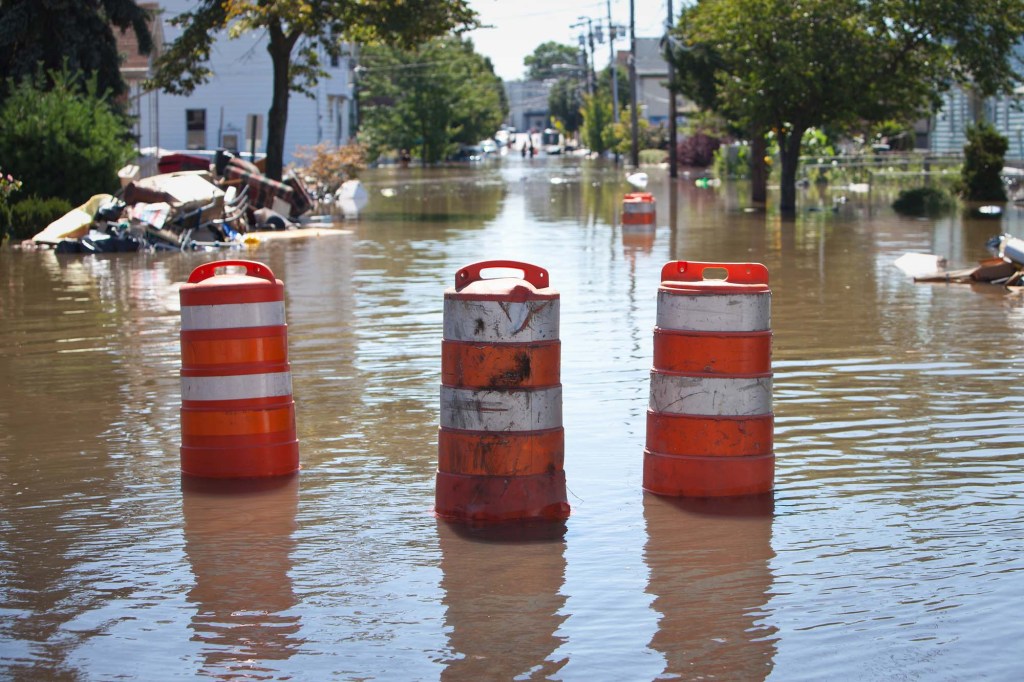Changes are coming to the National Flood Insurance Program in the form of a new reality-based formula for setting premiums, according to press reports. The new policy will raise premiums for the most flood-prone locations, and open the door for mortgage lenders to require insurance on a wider range of houses. Bloomberg has this report (see: “Climate Advocates Cheer Trump Policy Shift on Flood Insurance,” by Christopher Flavelle).
“The changes being announced Monday by the Federal Emergency Management Agency represent one of the most significant reforms in the history of the National Flood Insurance Program,” Bloomberg reports. “It will tie premiums to the actual flood risk facing individual homes nationwide starting in October 2020. The current system sets prices based largely on whether a home is inside or outside of the 100-year flood plain.”
In flood-prone Louisiana, the new policy is sure to have profound implications—but it’s not clear what those will be, reports the New Orleans Times-Picayune (see: “As FEMA rewrites flood insurance rules, ‘the devil’s in the details’,” by Drew Broach). A couple things seem likely, however, the paper reported:
- “FEMA will calculate risk at the granular level of individual property, instead of whether the land is within a bigger area considered to have a 1 percent chance in any given year to flood.
- The agency will use not only its own mapping but some calculations from the private sector. Those recognize not just sea level rise and surge from tropical storms but also rainfall.”
Meanwhile, private insurance companies are stepping up their flood insurance offerings, according to a report in Scientific American (see: “The Private Sector Is Returning to the Flood Insurance Game,” by Thomas Frank). “Financial regulators took a major step last month toward stimulating private flood coverage with a new rule that requires mortgage lenders to accept private flood policies just as they have long accepted the NFIP policies for federally backed loans that require flood insurance. The rule, issued in response to a 2012 flood insurance law, seeks to remove a barrier to insurance companies writing flood policies,” the report says.
In related news, local and state governments have begun to impose stricter requirements on construction in flood-prone areas, according to a report by Inside Climate News (see: “Not Trusting FEMA’s Flood Maps, More Storm-Ravaged Cities Set Tougher Rules,” by James Bruggers).
“In flood-prone regions of the country, a growing number of cities have lost confidence in the ability of the federal government’s flood maps to recognize the increasing risks that come with global warming,” the report says. “From Houston to Baltimore to Cedar Falls, Iowa, and now Mexico Beach, Florida, local officials are going beyond the federal standards and have started to require homes in a much wider area—beyond the usual 100-year floodplain—to be built to higher flood-protection standards.”
